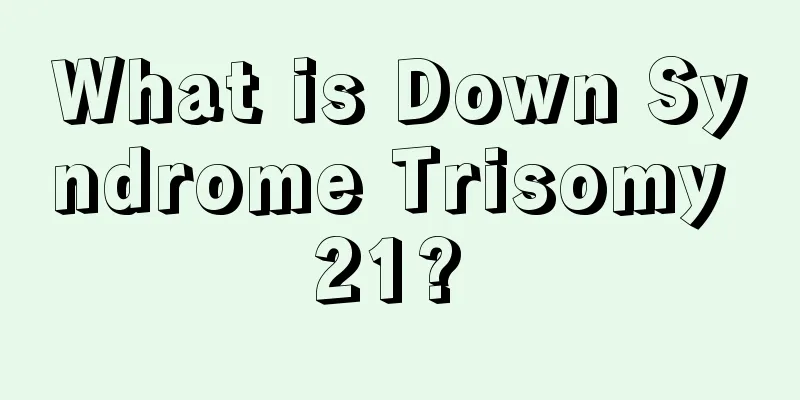Are resin cups harmful to the body?

|
Resin cups are a new type of cup that is now relatively common. Most people think that they are more environmentally friendly. However, due to the different materials, it cannot be guaranteed that all resin cups are harmless during processing, especially some coatings on them, which may cause some adverse effects. As to whether resin cups are harmful, you need to read the following article to have relevant understanding. Different resin brands, additives or production processes, different resin monomers, some are toxic and some are not. For example, bisphenol A is not suitable for making food-grade resins. Therefore, different resins are different. Currently, most epoxy resin coatings are solvent-based coatings that contain volatile organic compounds (VOCs), which are toxic and flammable, thus causing harm to the environment and human body. Epoxy resin is generally used with additives to obtain application value. Additives can be selected according to different uses. Commonly used additives are as follows: (1) Curing agent; (2) Modifiers; (3) Filler; (4) diluent; (5)Others. Among them, curing agent is an indispensable additive. Whether it is used as an adhesive, coating or castable, curing agent must be added, otherwise the epoxy resin cannot be cured. Epoxy resin refers to an organic polymer compound containing two or more epoxy groups in its molecule. Except for a few exceptions, their relative molecular mass is not high. The molecular structure of epoxy resin is characterized by the presence of active epoxy groups in the molecular chain. The epoxy groups can be located at the end, in the middle or in a ring structure of the molecular chain. Because of the active epoxy groups in their molecular structure, they can undergo cross-linking reactions with various types of curing agents to form insoluble, infusible polymers with a three-dimensional network structure. Properties and characteristics of epoxy resin: 1. Various forms. A wide range of resin, curing agent, and modifier systems are available to suit nearly any application, ranging from very low viscosity to high melting point solids. 2. Easy to cure. By selecting various curing agents, the epoxy resin system can be cured almost within the temperature range of 0 to 180°C. 3. Strong adhesion. The presence of inherent polar hydroxyl groups and ether bonds in the epoxy resin molecular chain gives it high adhesion to various substances. Epoxy resins have low shrinkage when curing and produce low internal stress, which also helps to improve adhesion strength. 4. Low shrinkage. The reaction of epoxy resin and the curing agent used is carried out by direct addition reaction or ring-opening polymerization of the epoxy groups in the resin molecule, without the release of water or other volatile by-products. Compared with unsaturated polyester resins and phenolic resins, they show very low shrinkage (less than 2%) during curing. |
<<: Is the fragrance of Milan flowers harmful to the human body?
>>: Can I get pregnant if I have sex on the first day of my pregnancy?
Recommend
What are the causes of lung cancer? 4 factors are likely to induce lung cancer
Now living conditions are getting better and bett...
How long can you live with advanced lung cancer? Actively cooperate with treatment
Everyone knows that cigarettes contain nicotine, ...
How to relieve stomach discomfort after chemotherapy
Chemotherapy is a common treatment method in clin...
How many tests are needed to diagnose ovarian tumors?
Ovarian tumors are common gynecological tumors, a...
Symptoms and treatment of gastrointestinal indigestion
Children are prone to gastrointestinal indigestio...
How to treat right upper lung fibrosis?
For fibrosis of the right upper lung, in addition...
What are the side effects of dentures
Every part of the body plays a very important rol...
Why does my skin peel after taking a shower
Each of us should take a shower at a certain time...
What are the causes of kidney cancer
In recent years, the incidence of kidney cancer h...
How to diagnose ankylosing spondylitis? Be careful if these situations occur!
Ankylosing spondylitis is a bone disease that cau...
The difference between rhinitis and nasopharyngeal carcinoma
Nasopharyngeal carcinoma is one of the most commo...
What are the benefits of zinc supplementation? There are so many effects
Calcium, iron, zinc and selenium are the four ele...
Can cooked shrimps still be eaten overnight?
Shrimp is known as the most nutritious seafood. I...
Metabolic acidosis is common in
The human body needs a certain acid-base balance ...
Meningioma growth rate
A meningioma is a tumor that grows in the brain. ...









